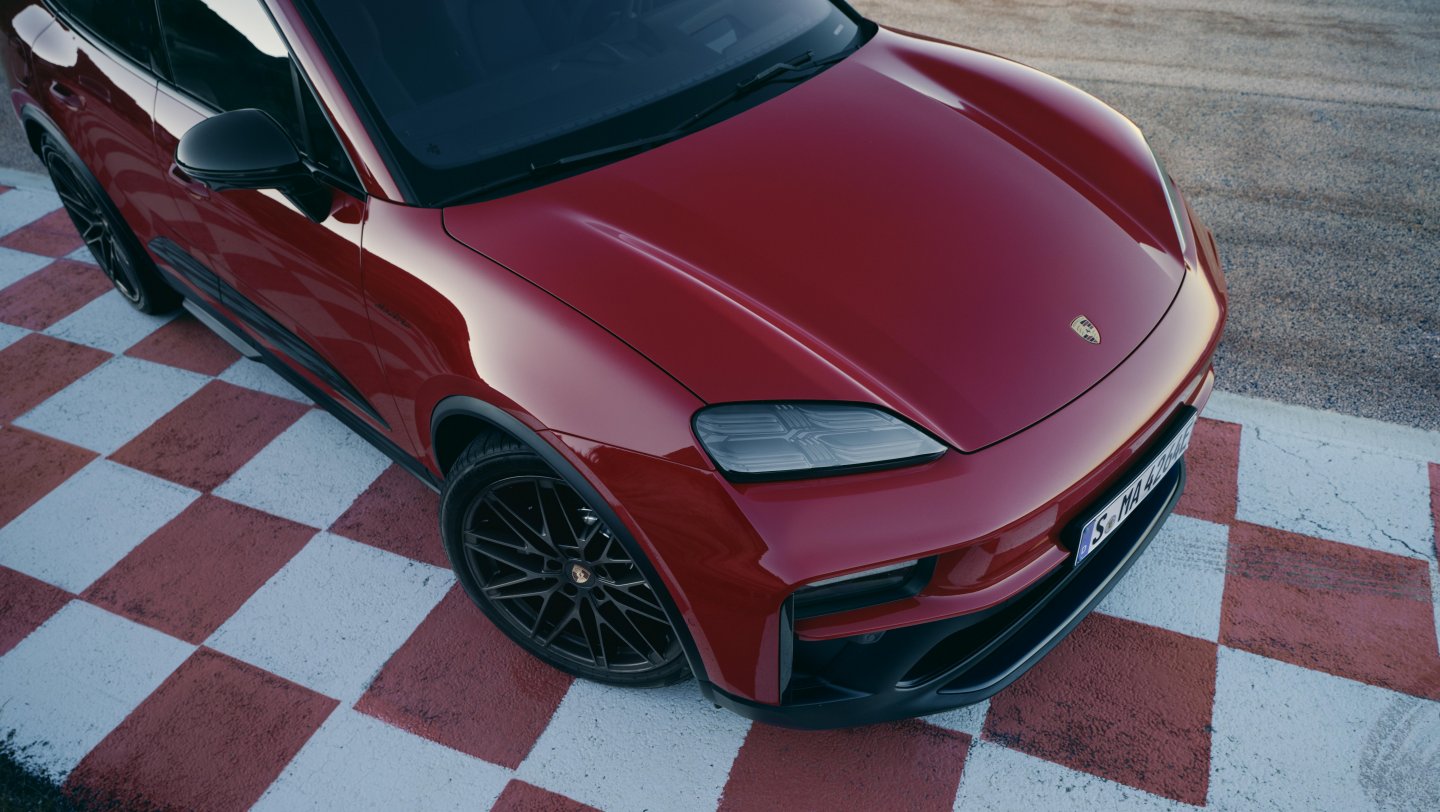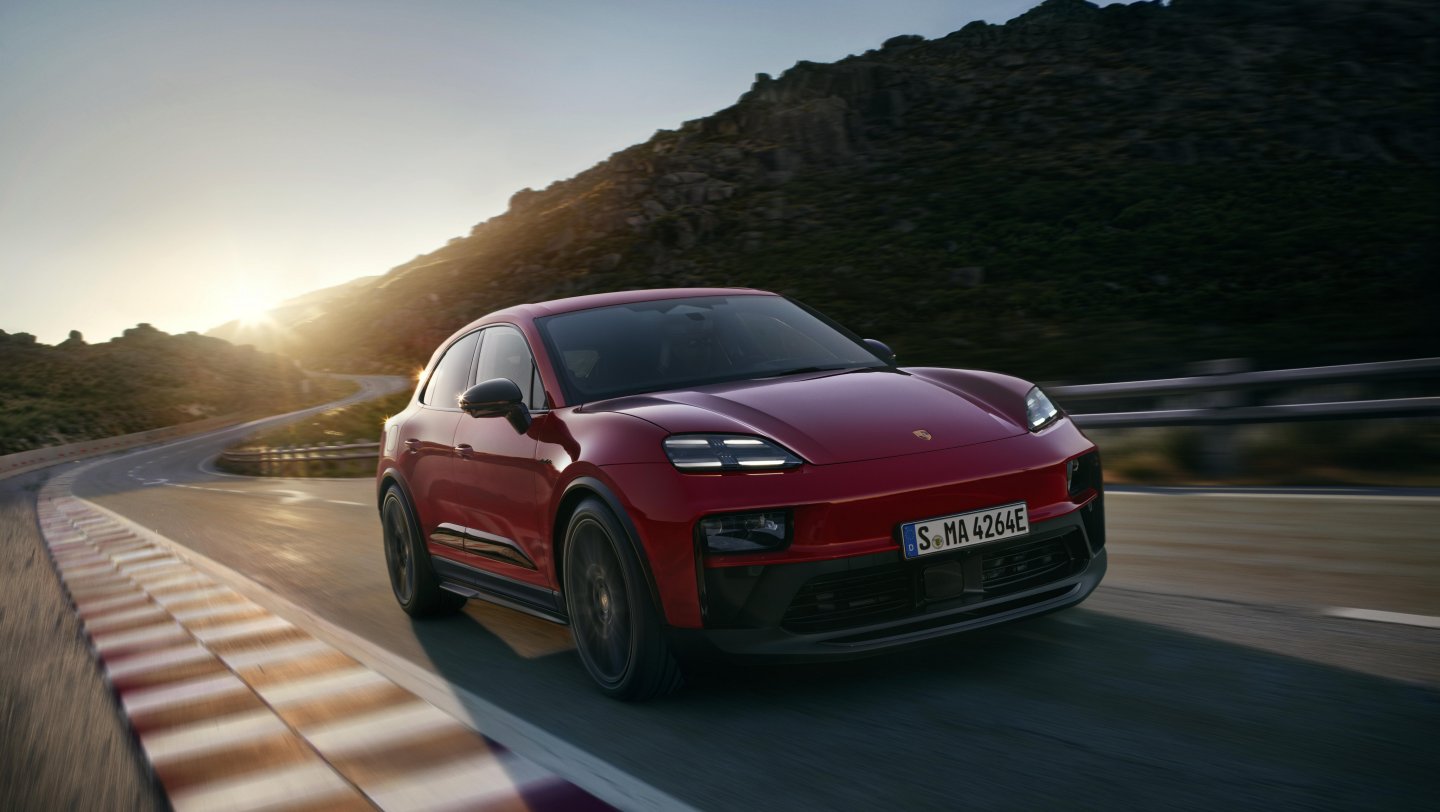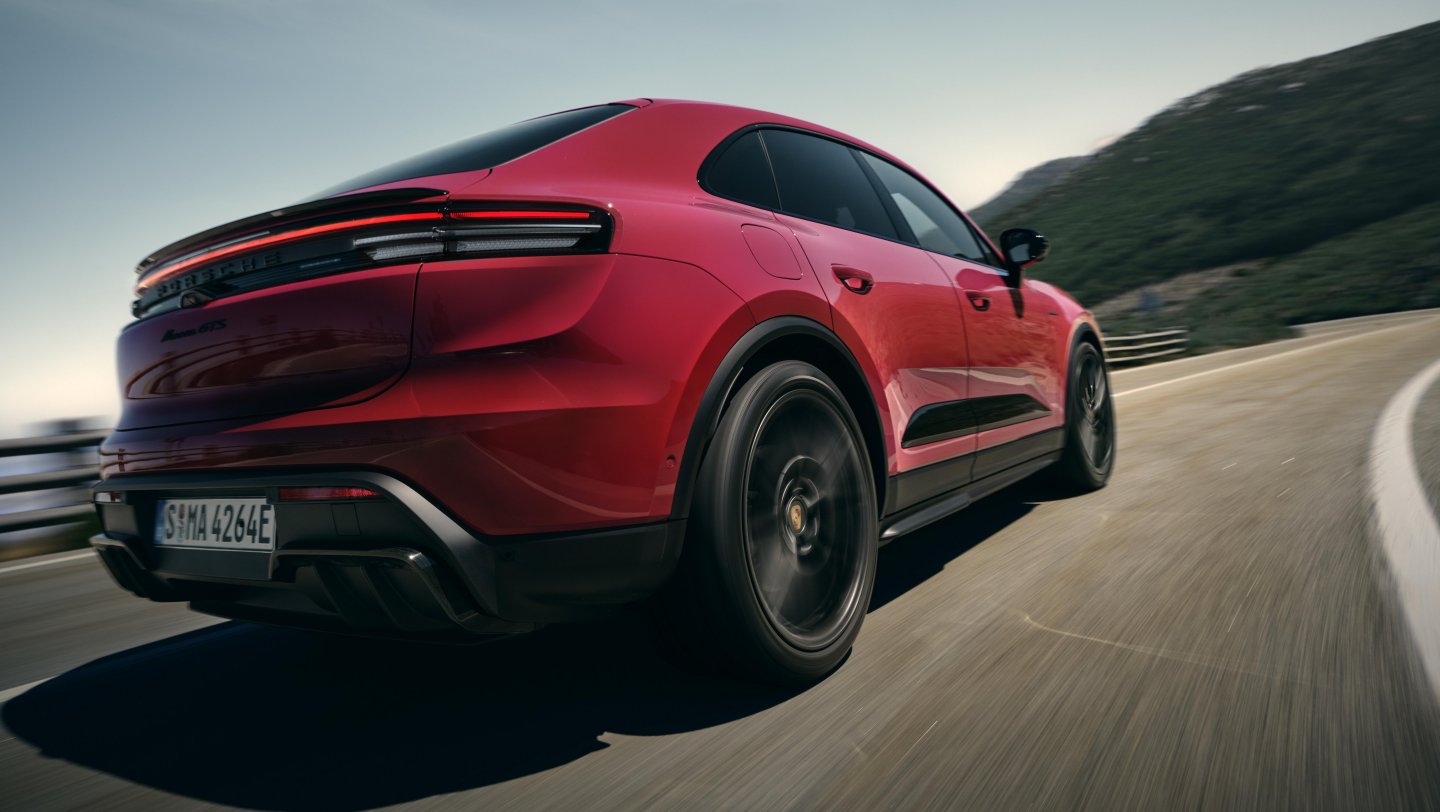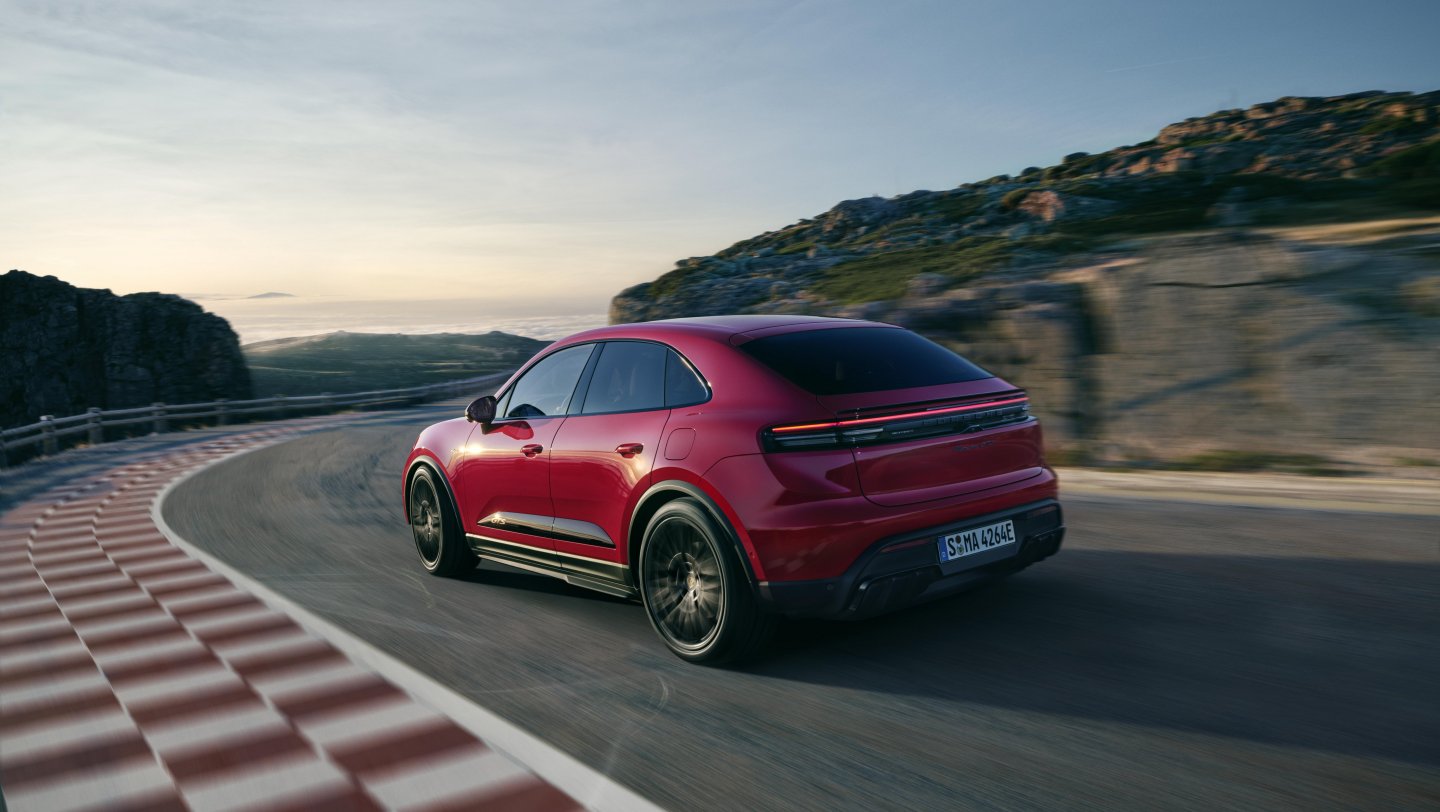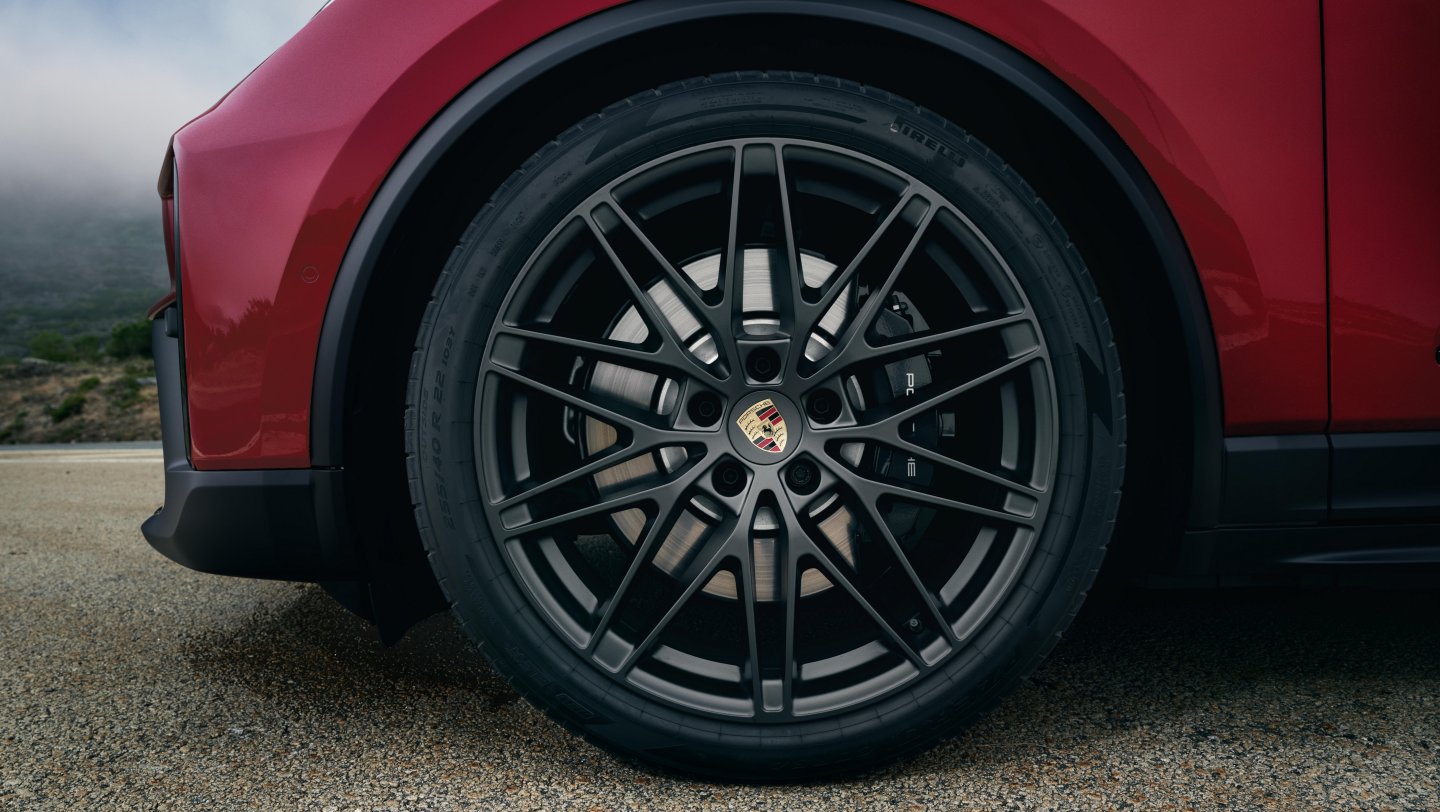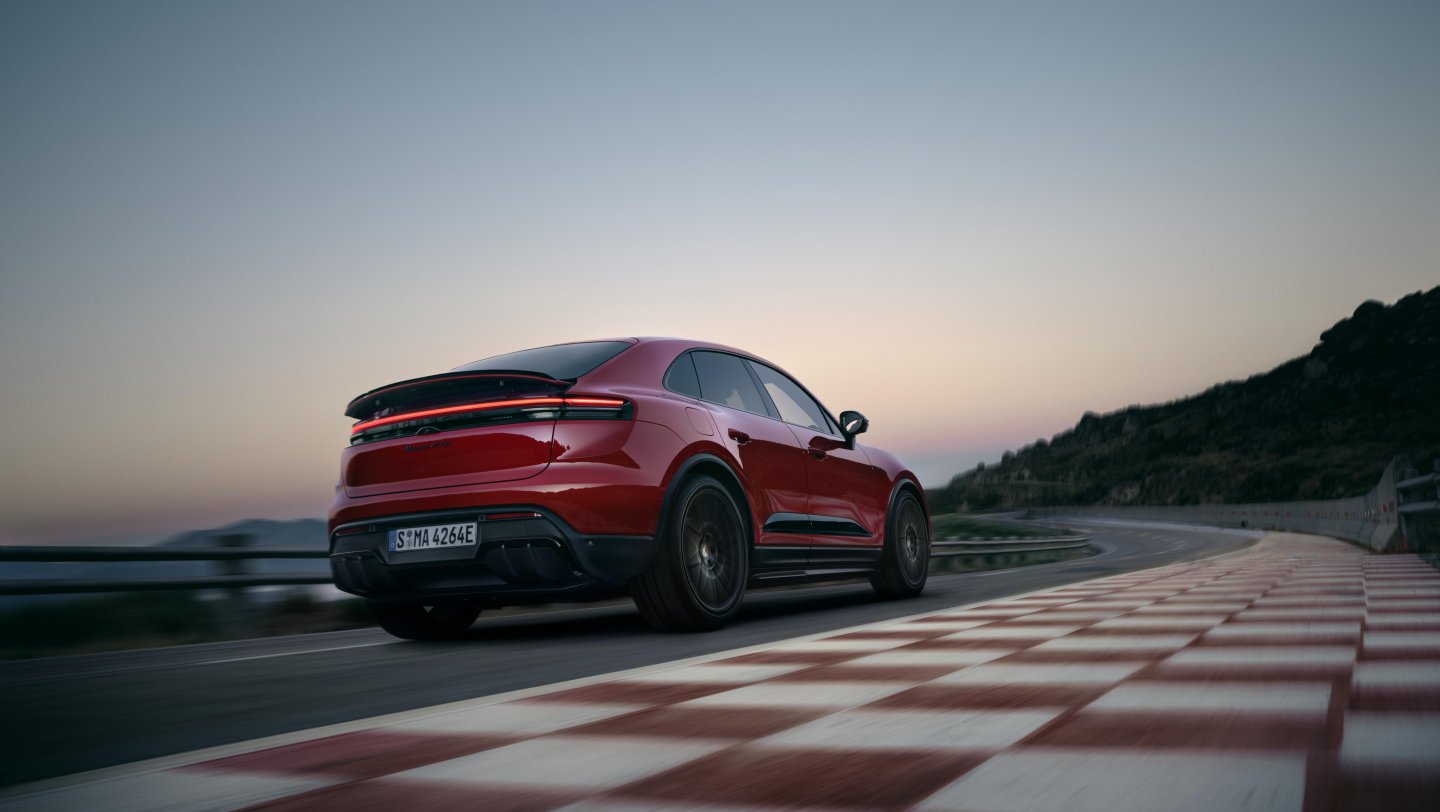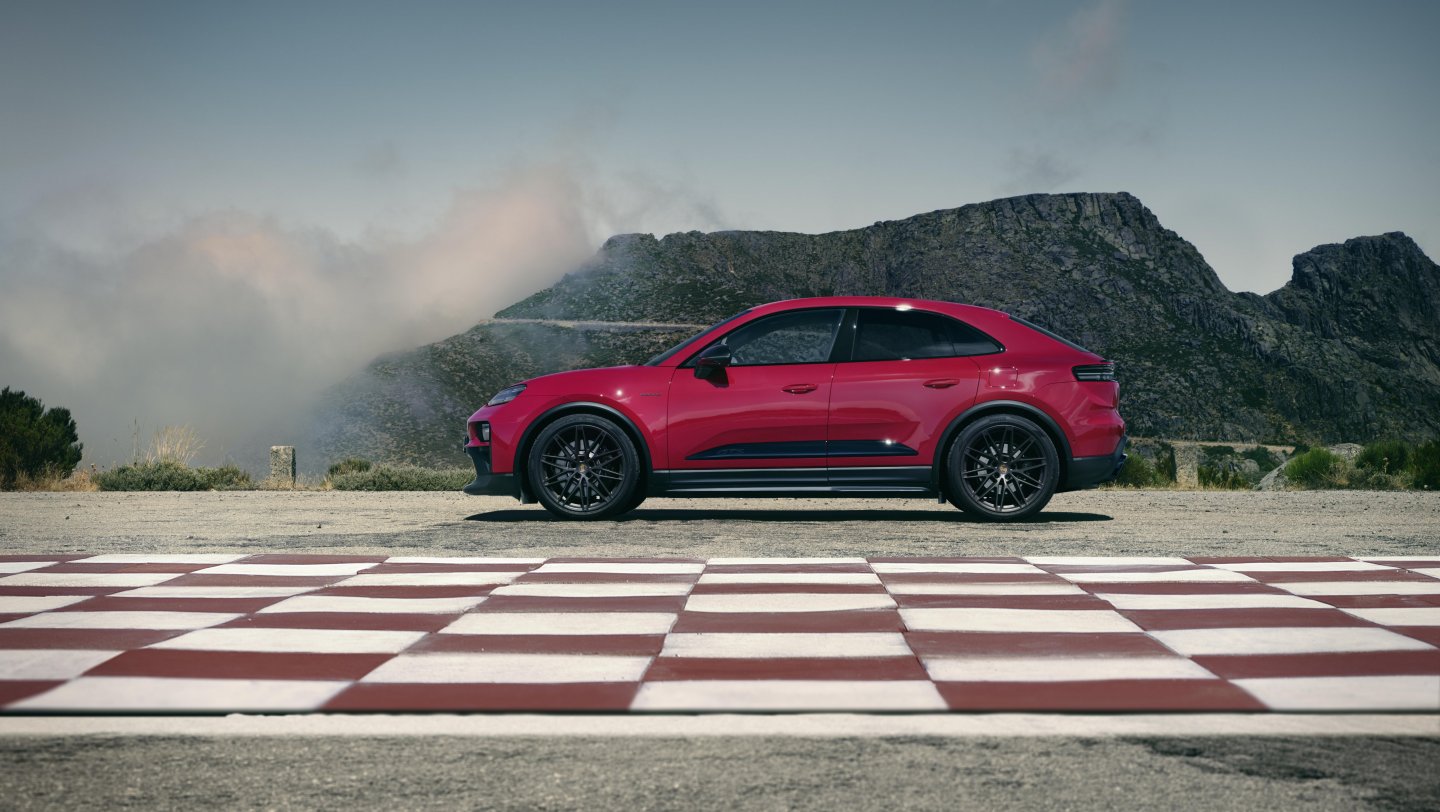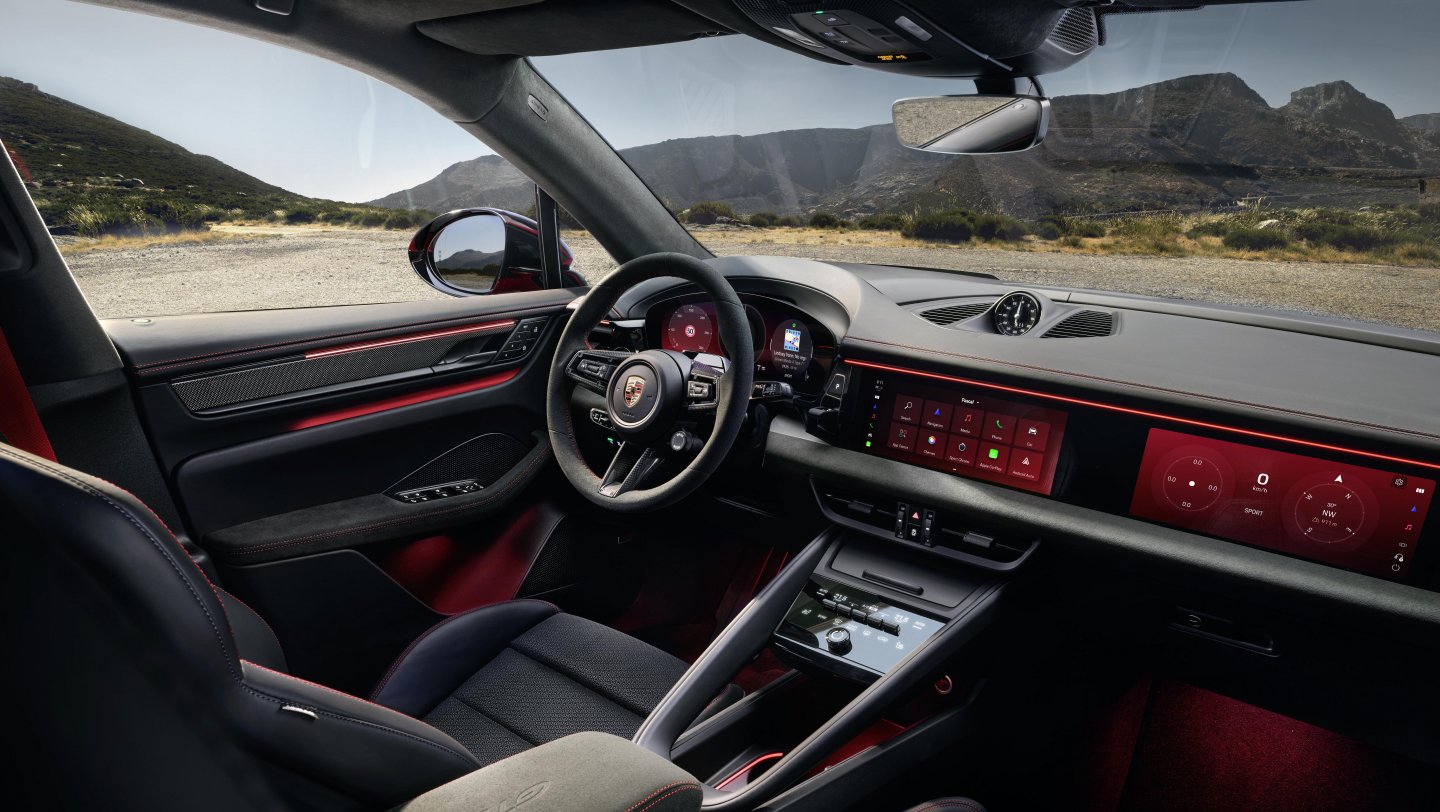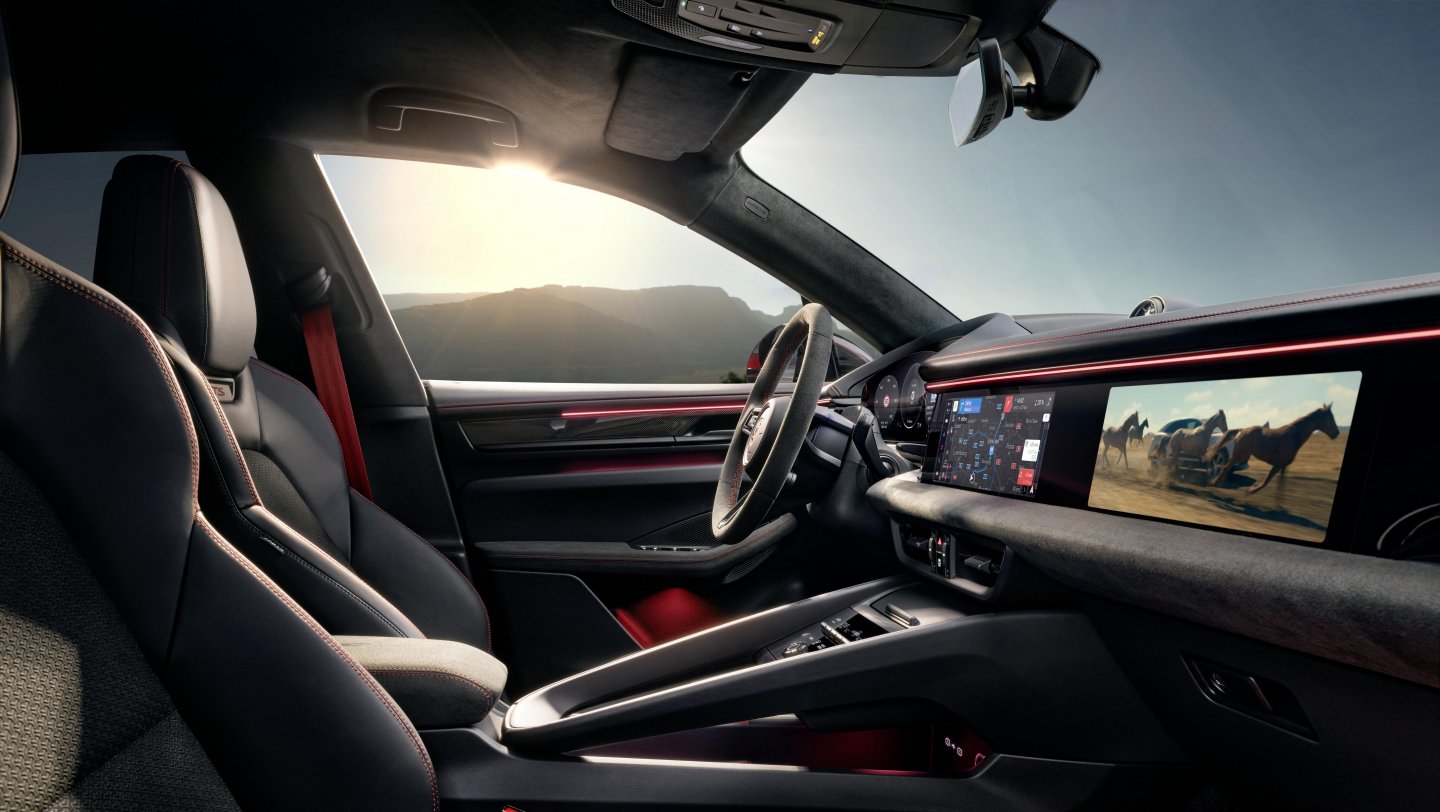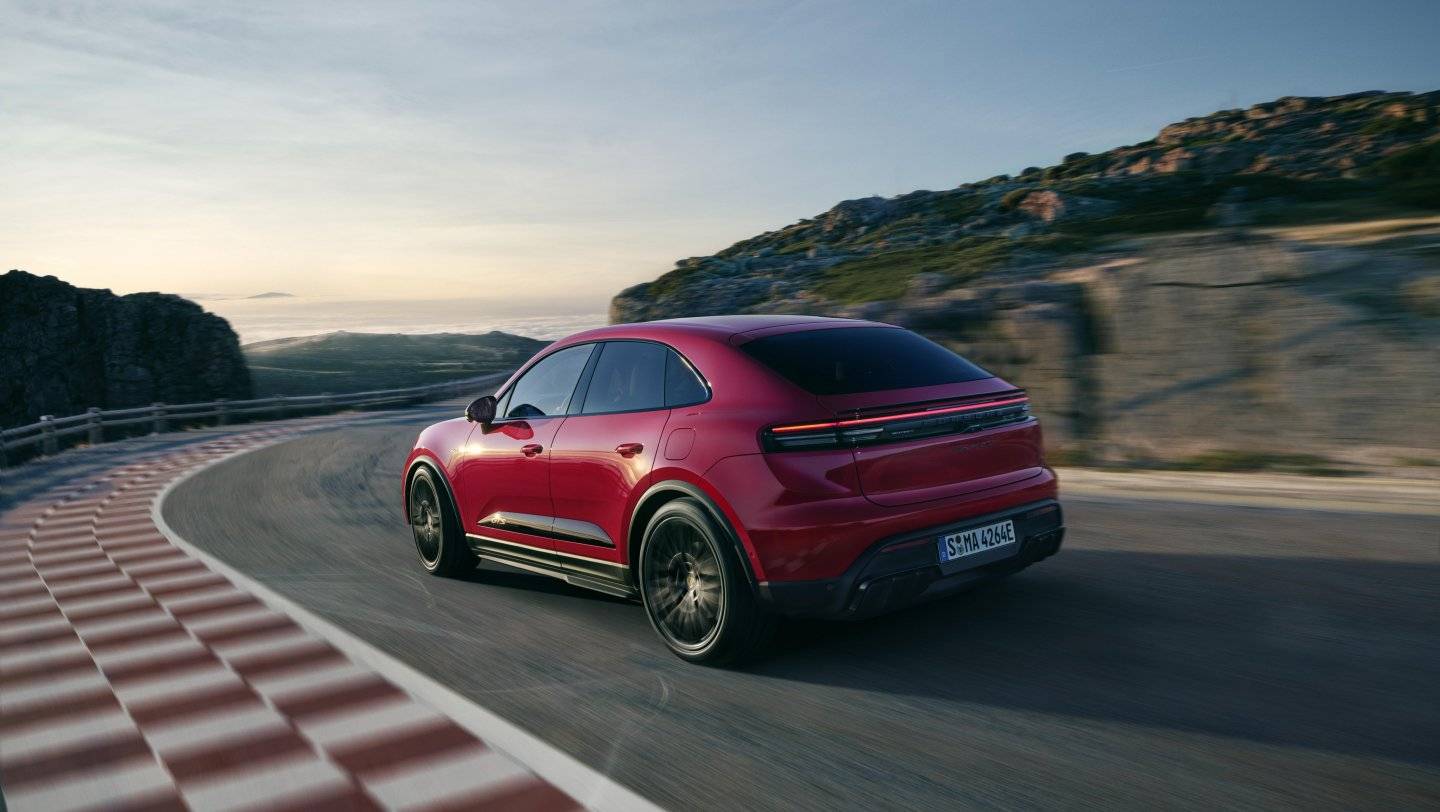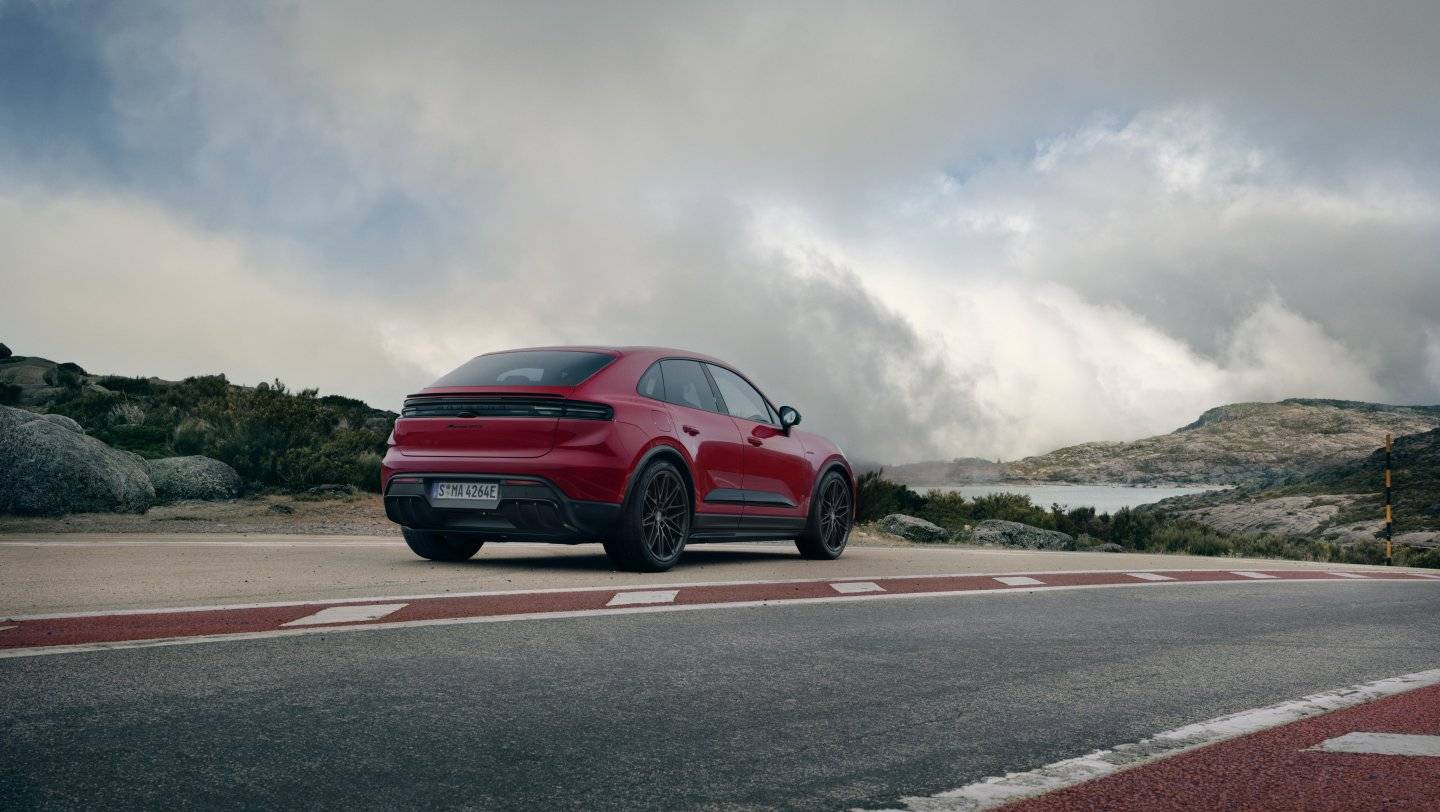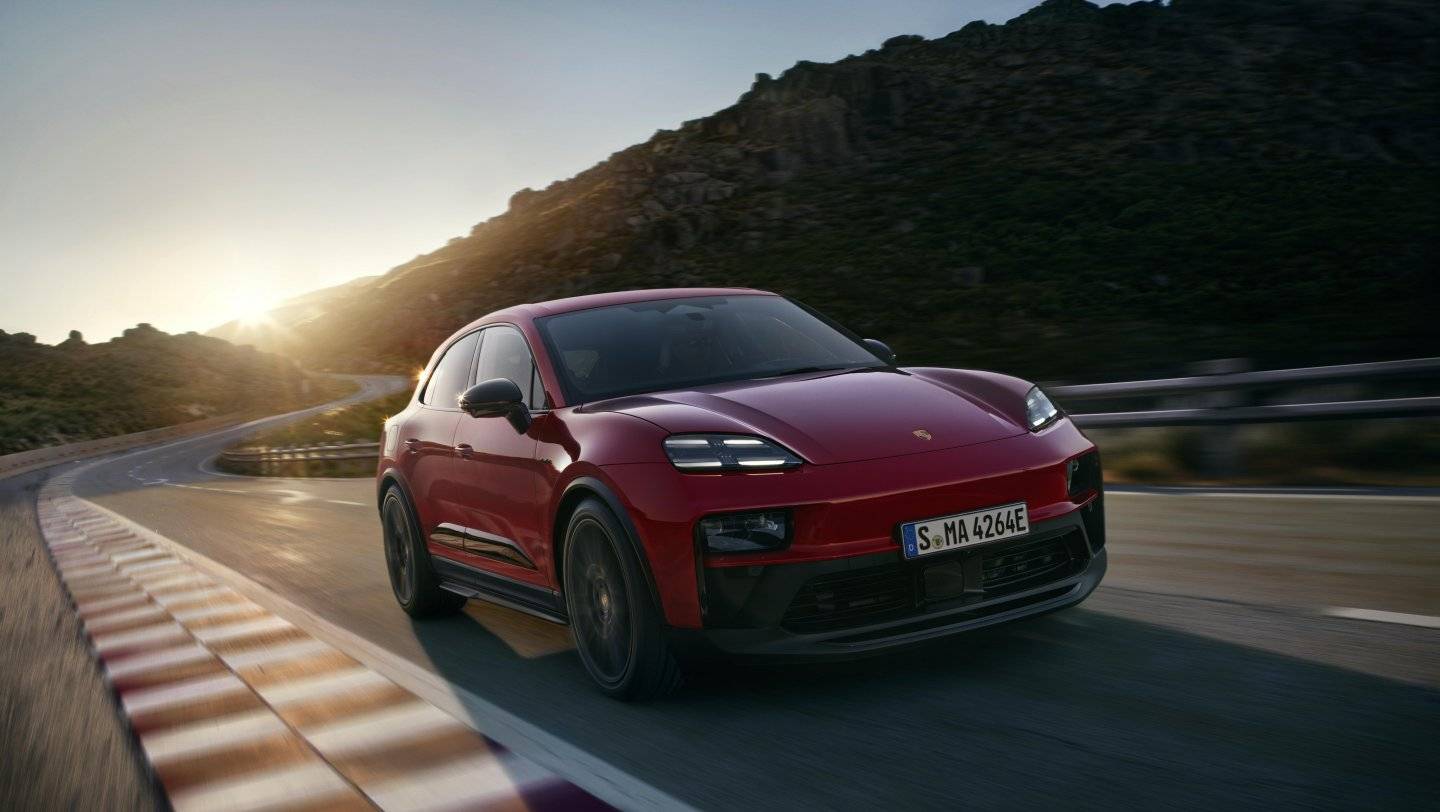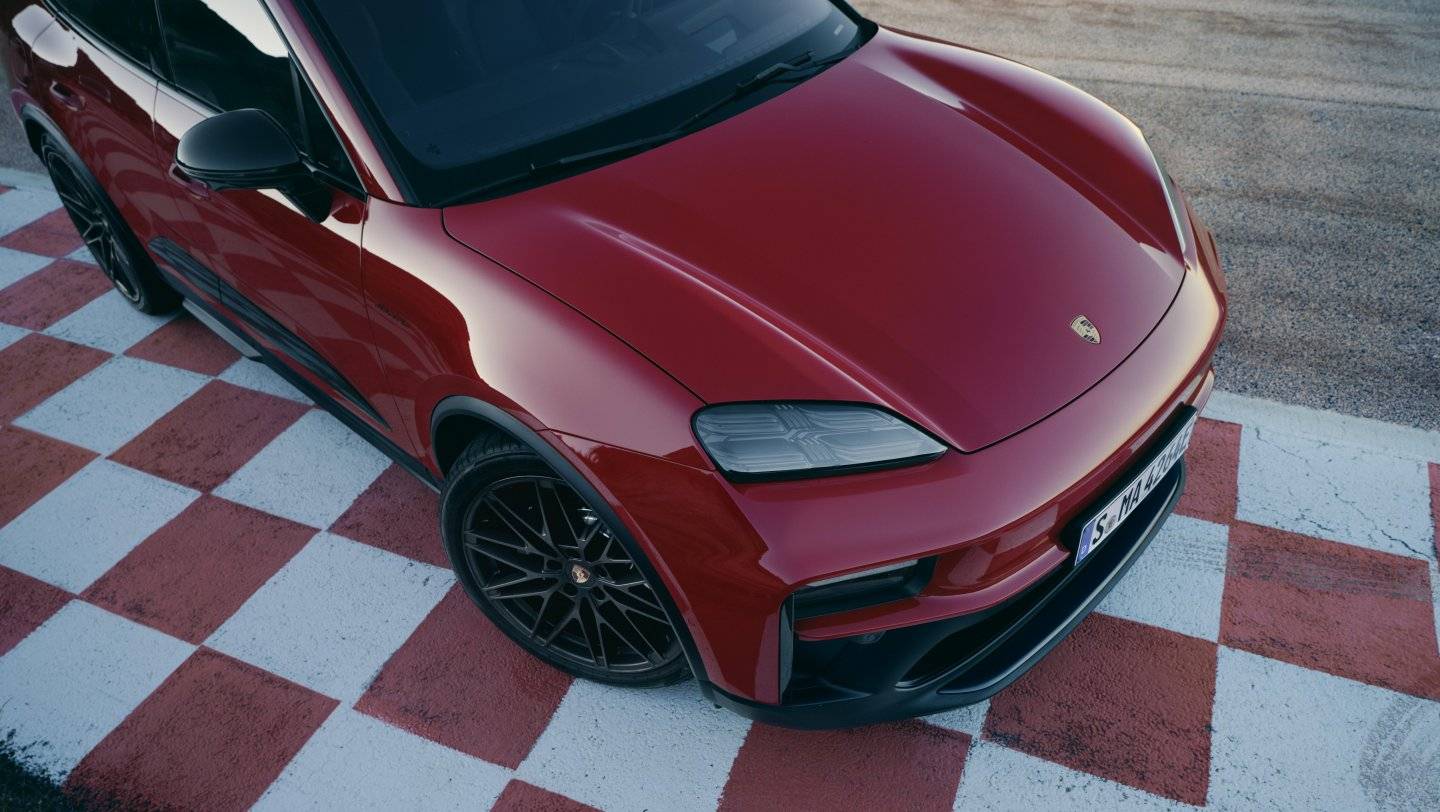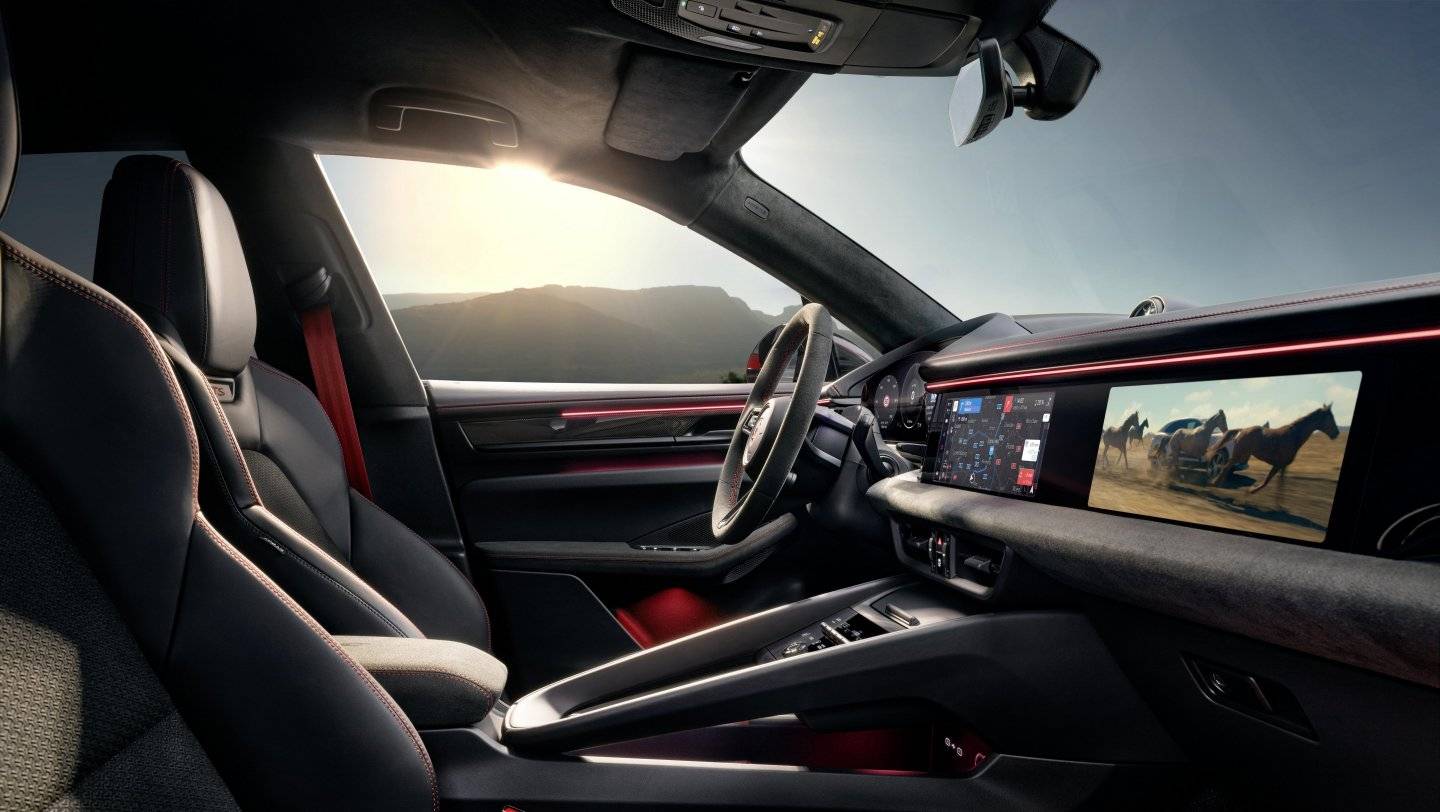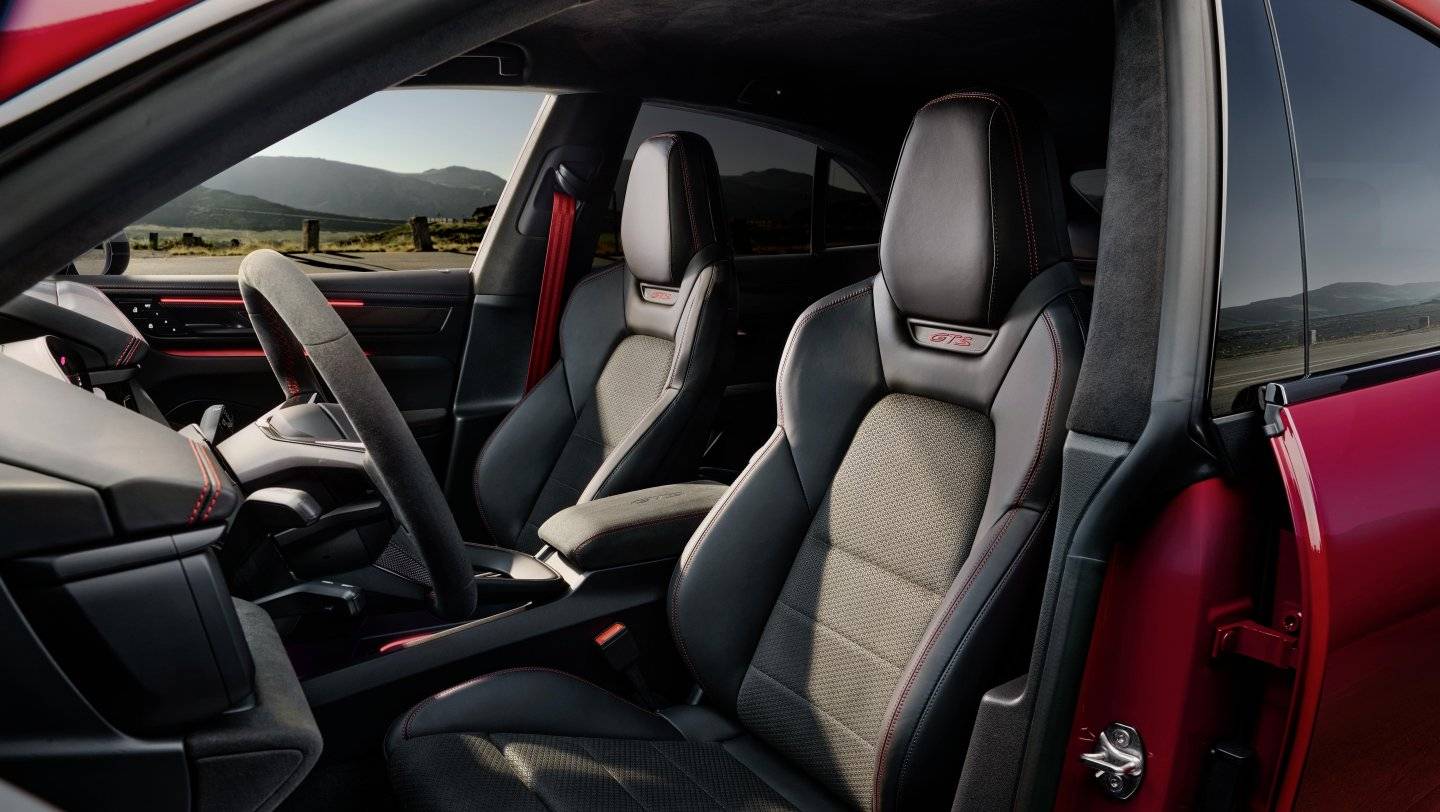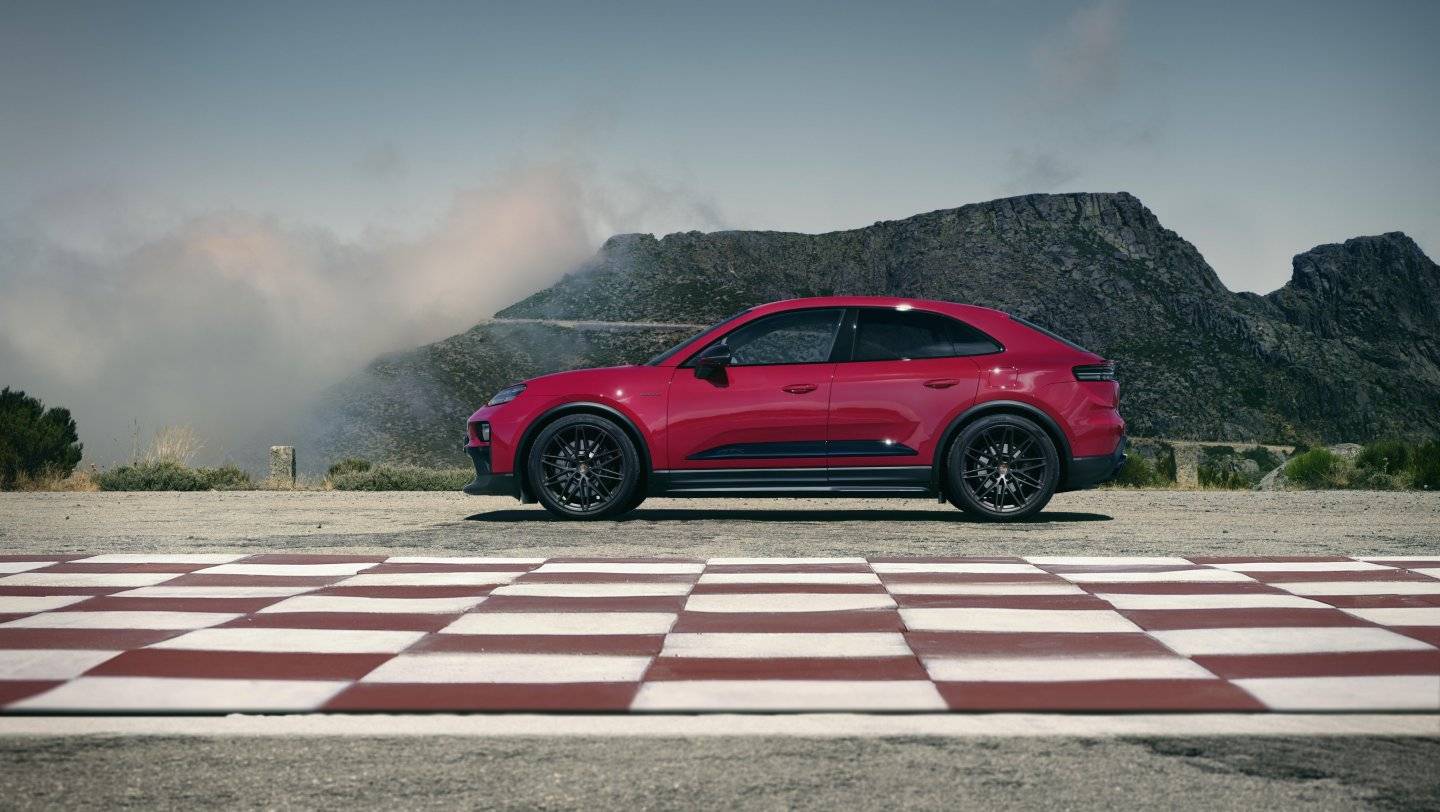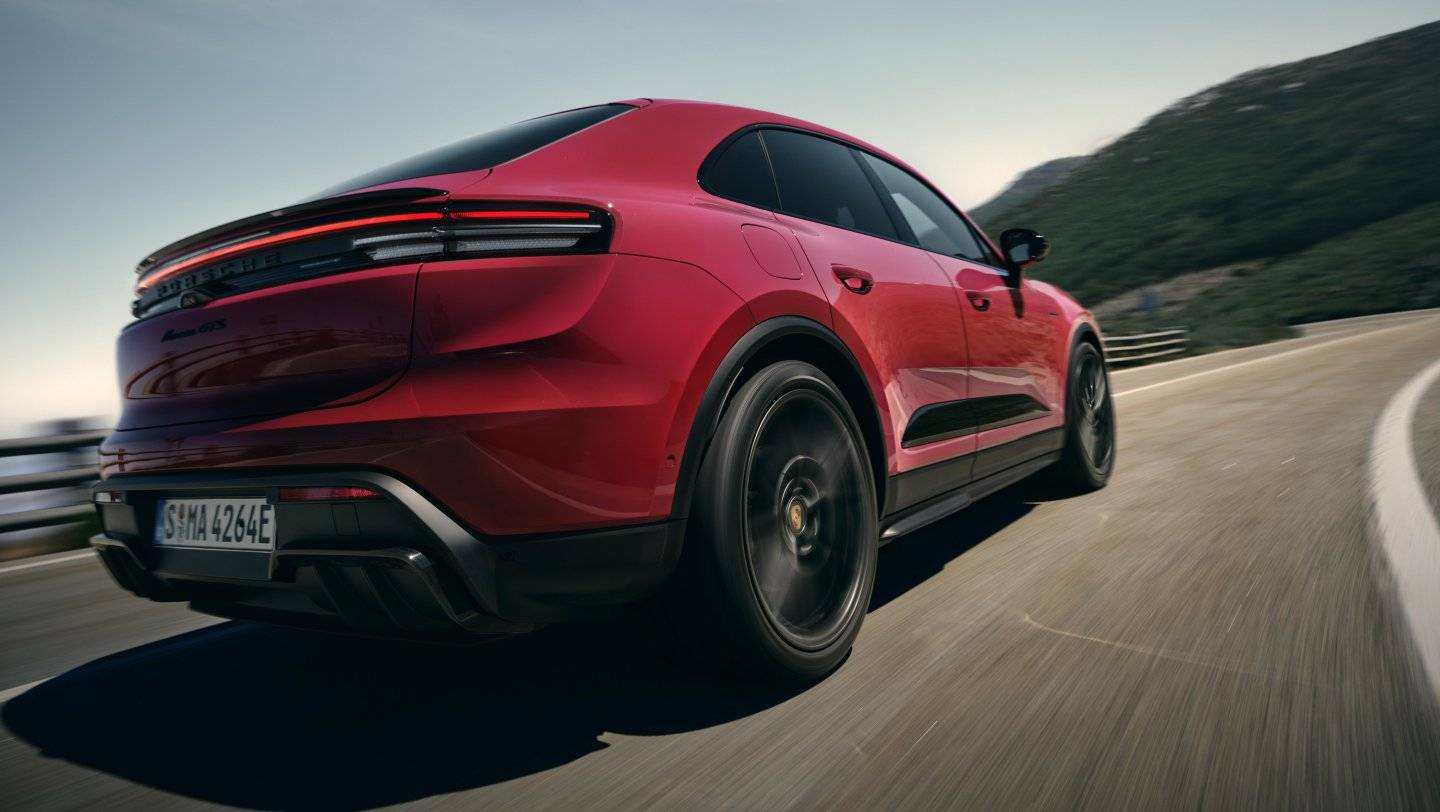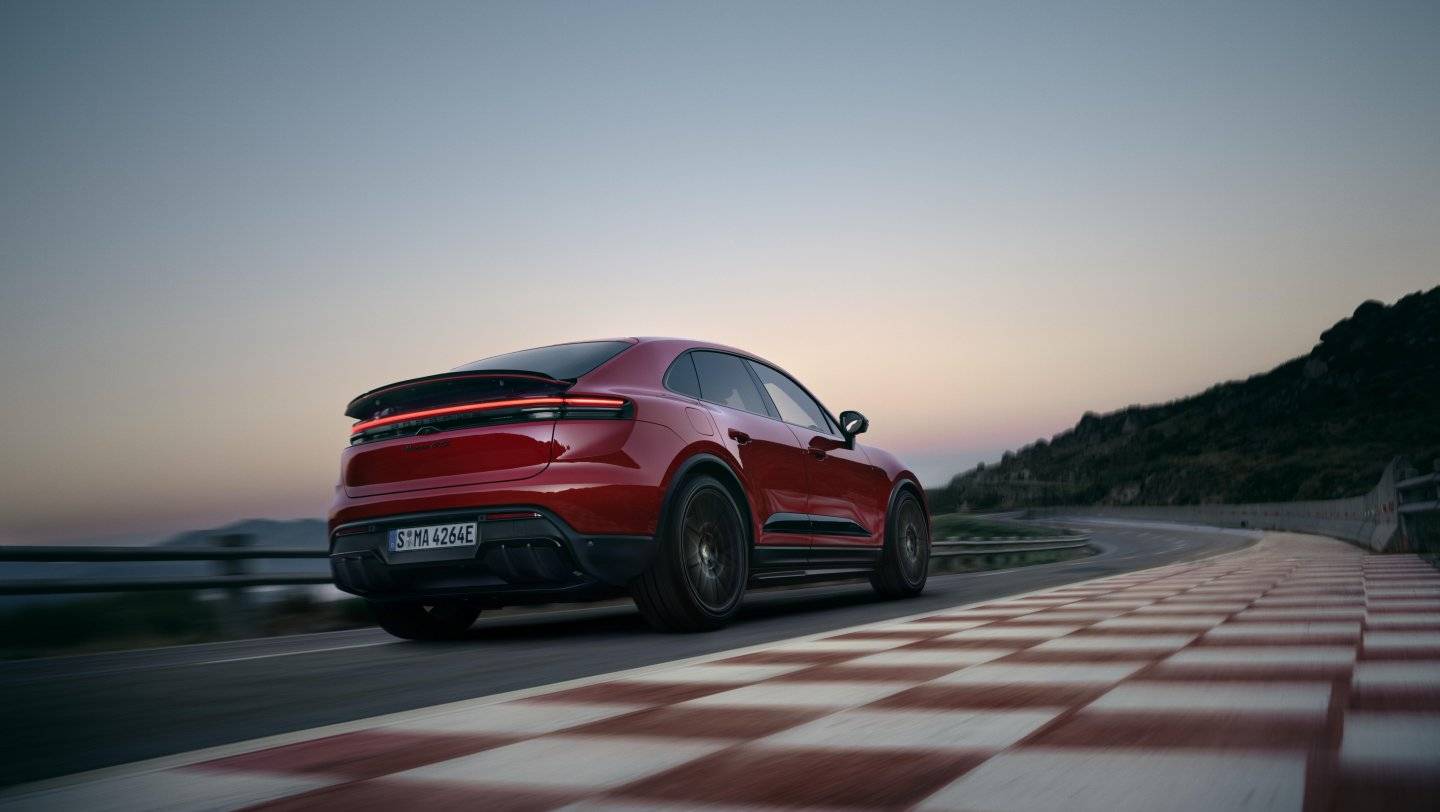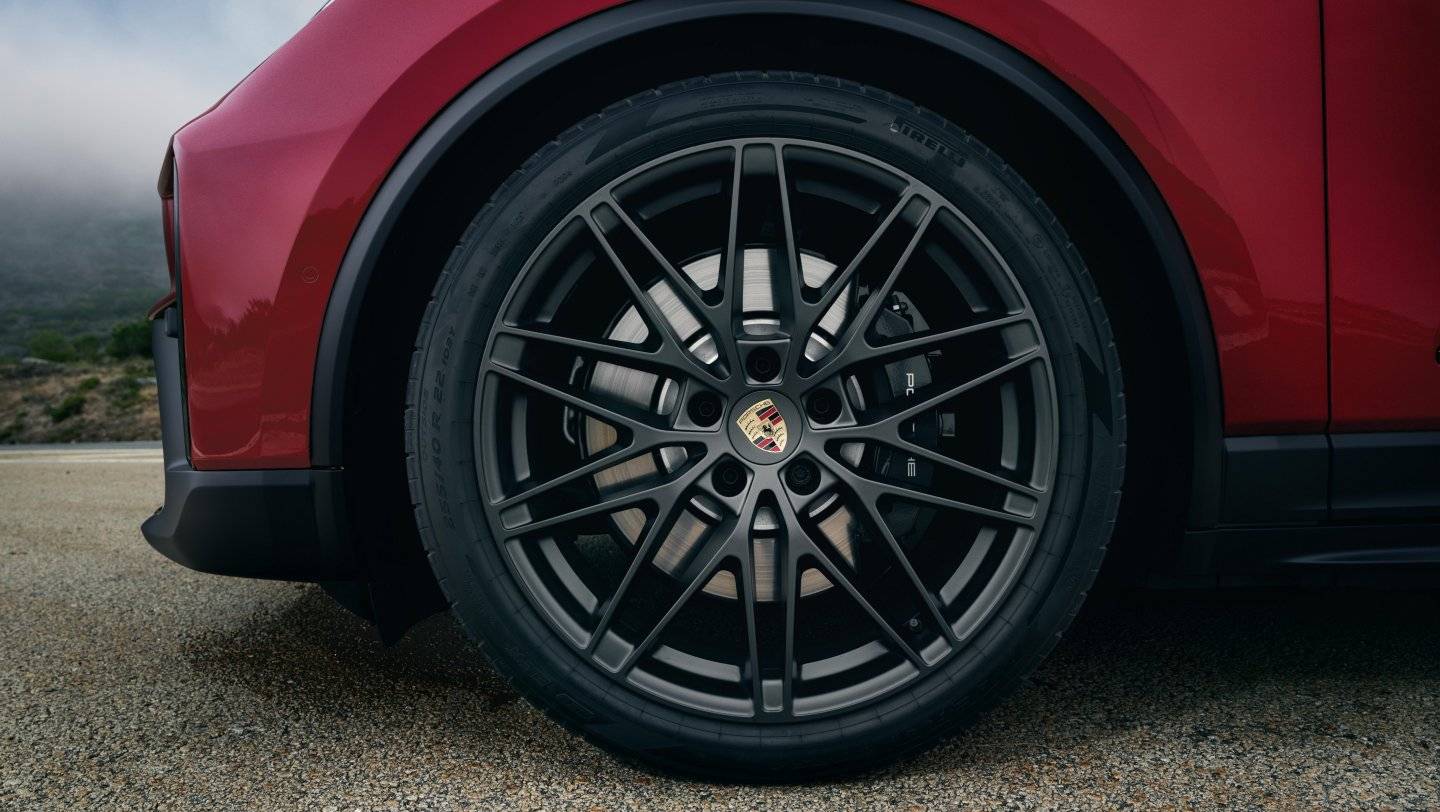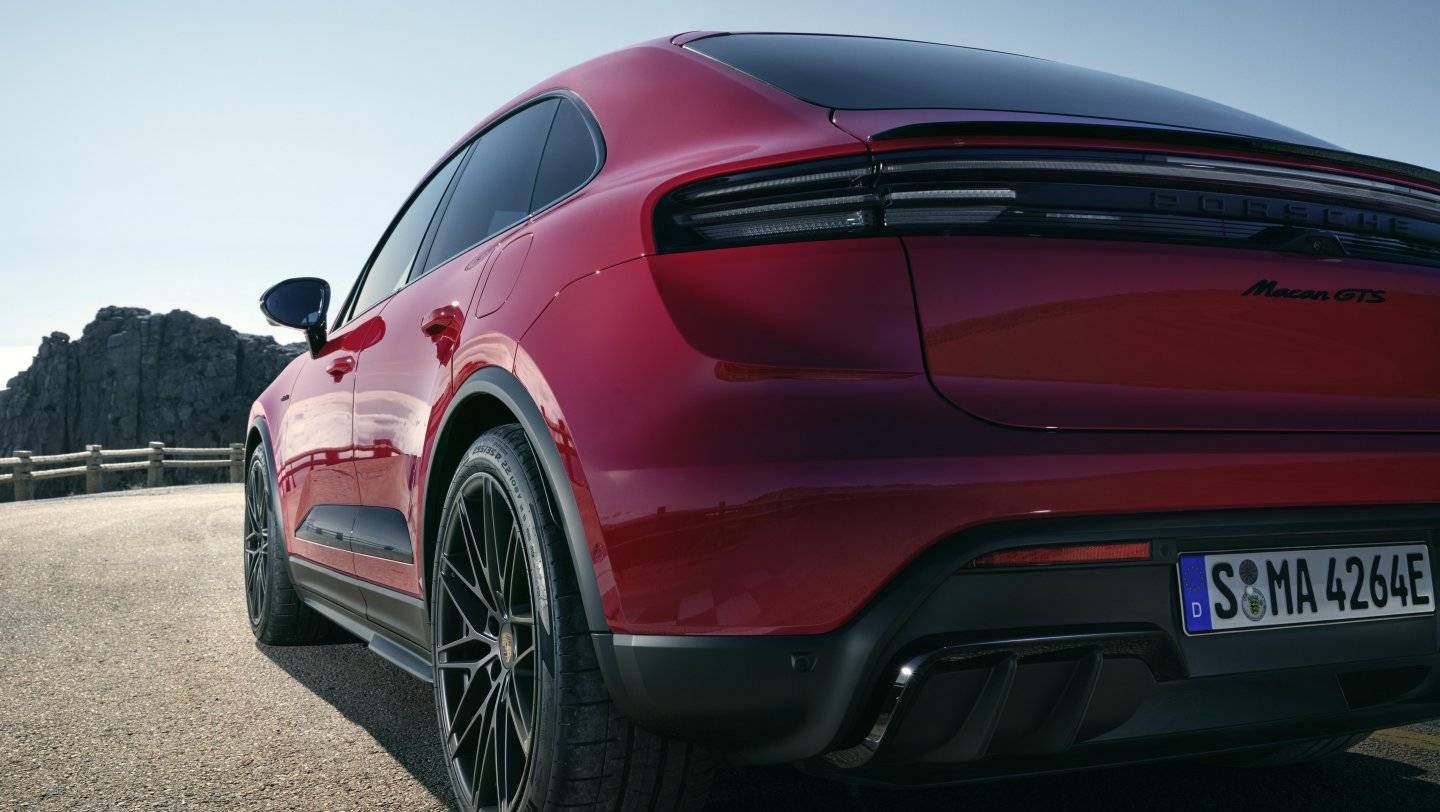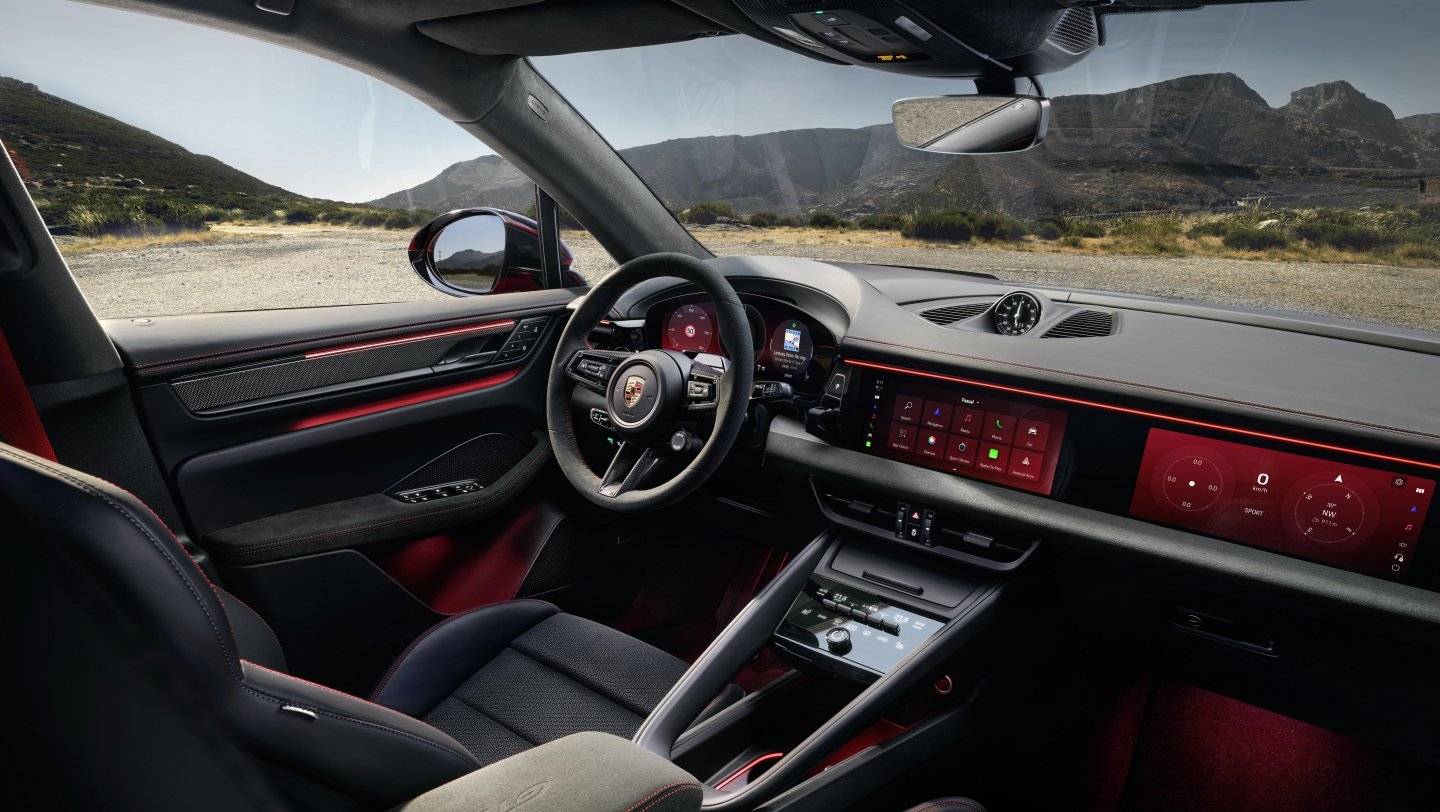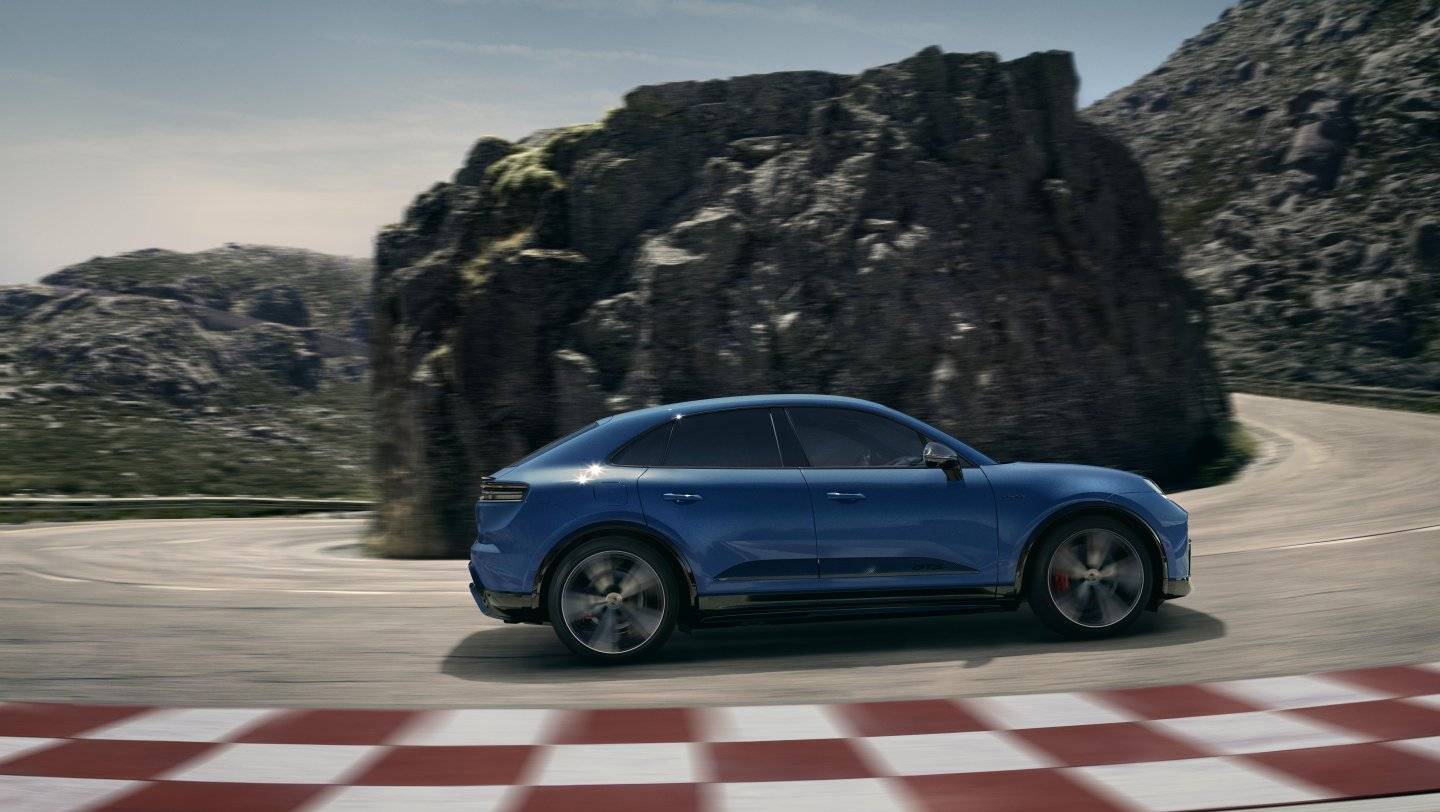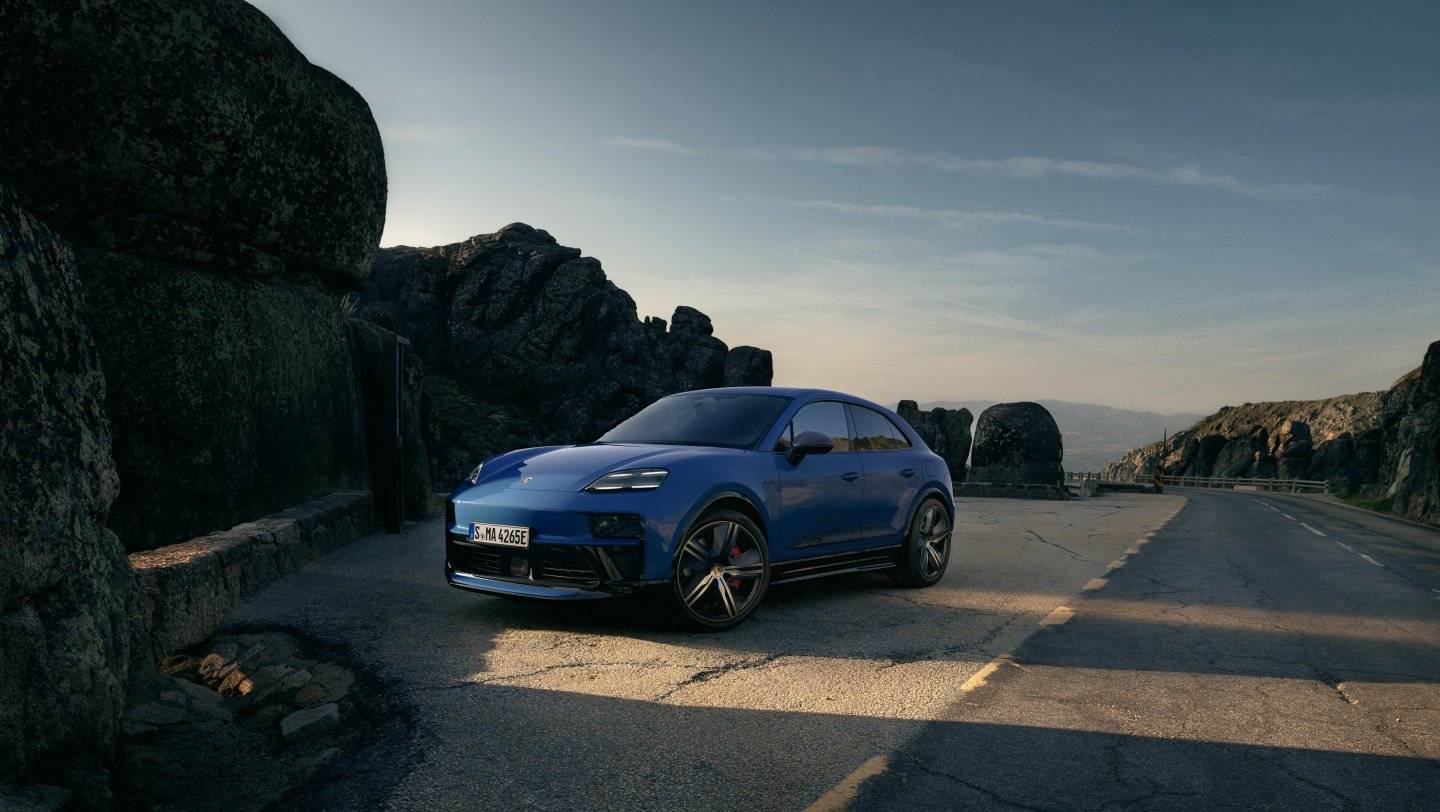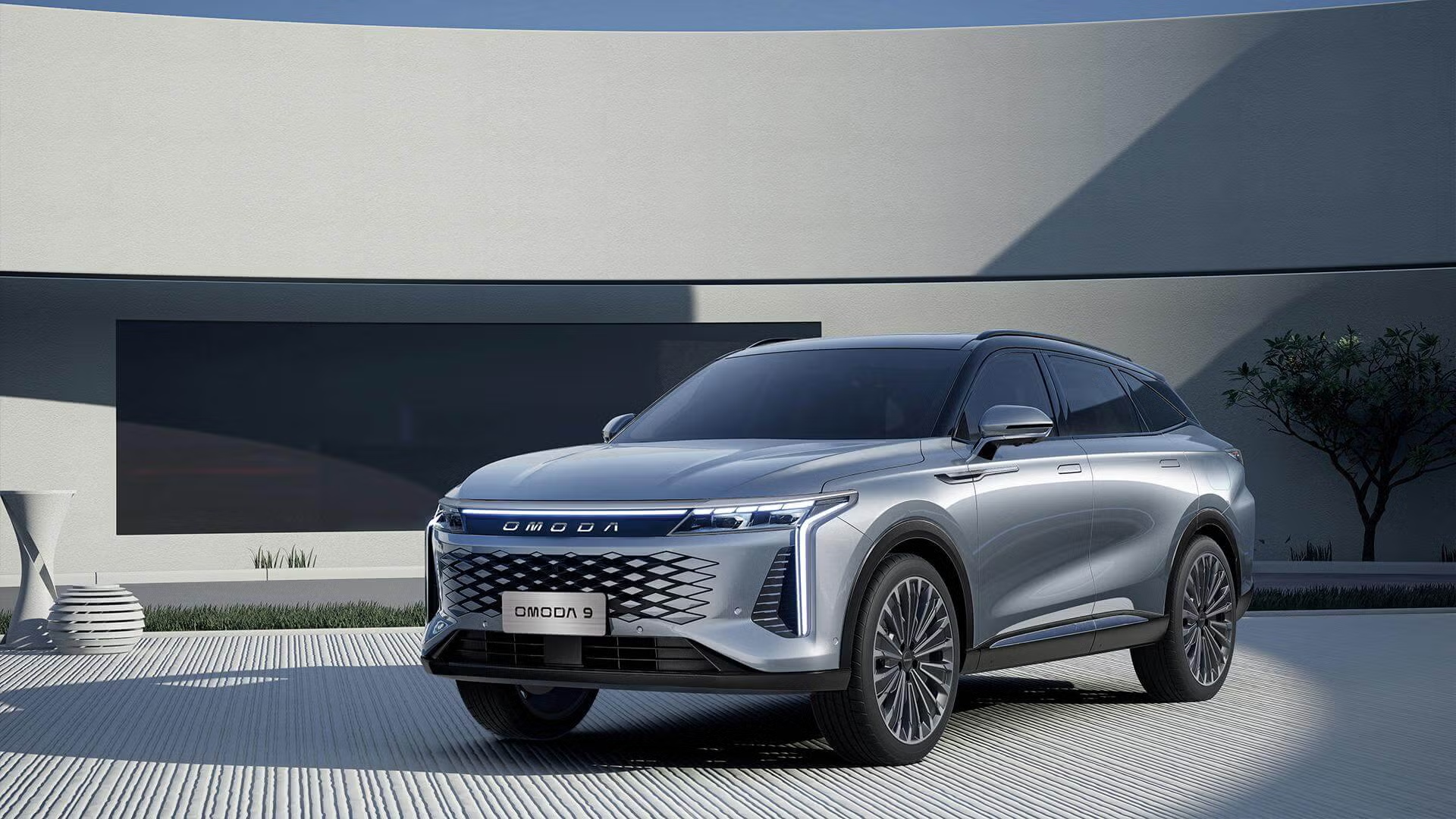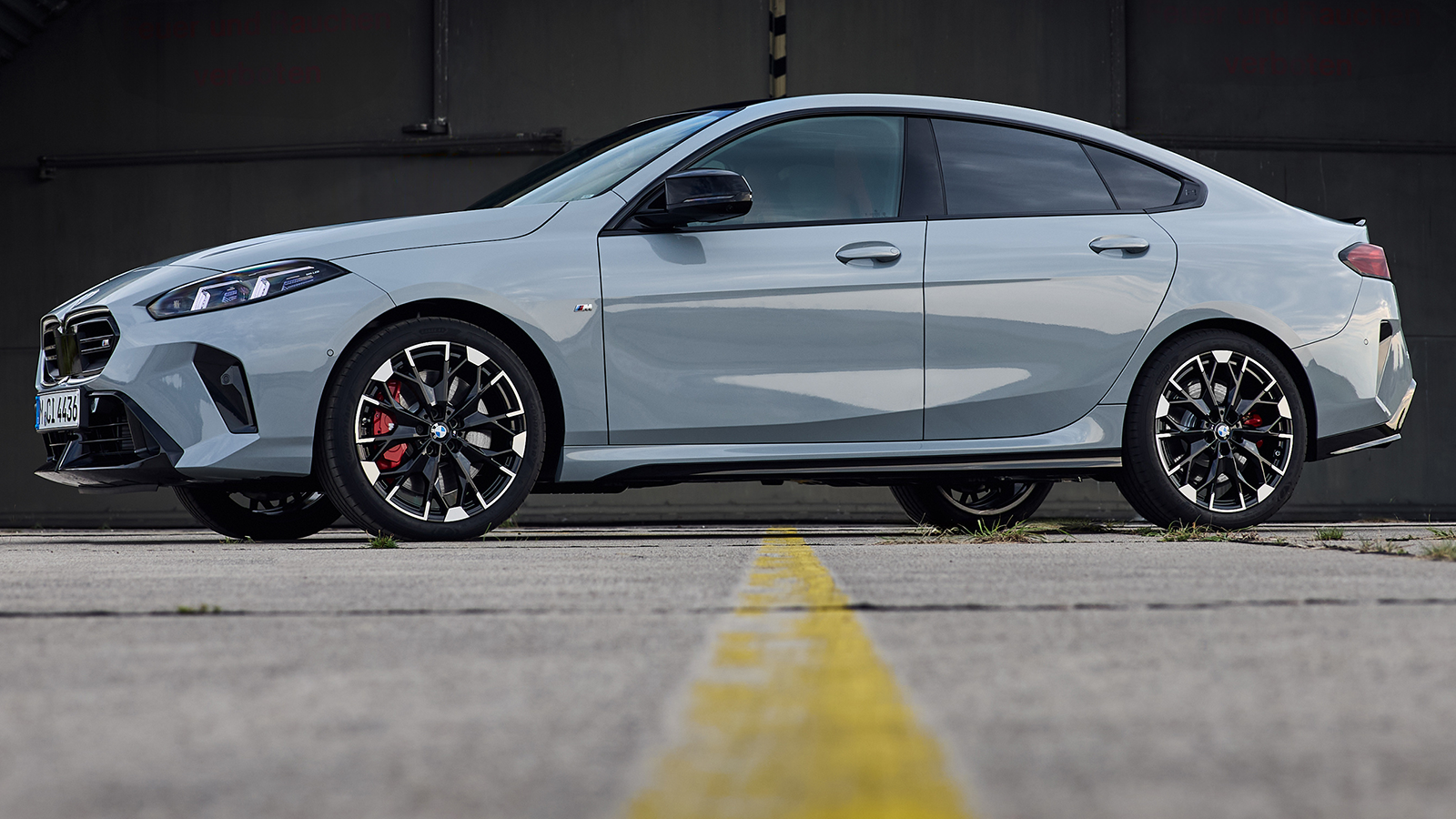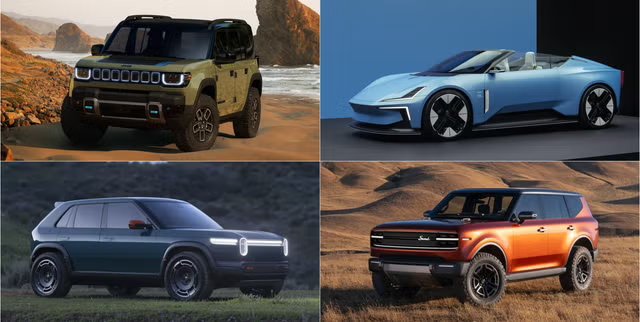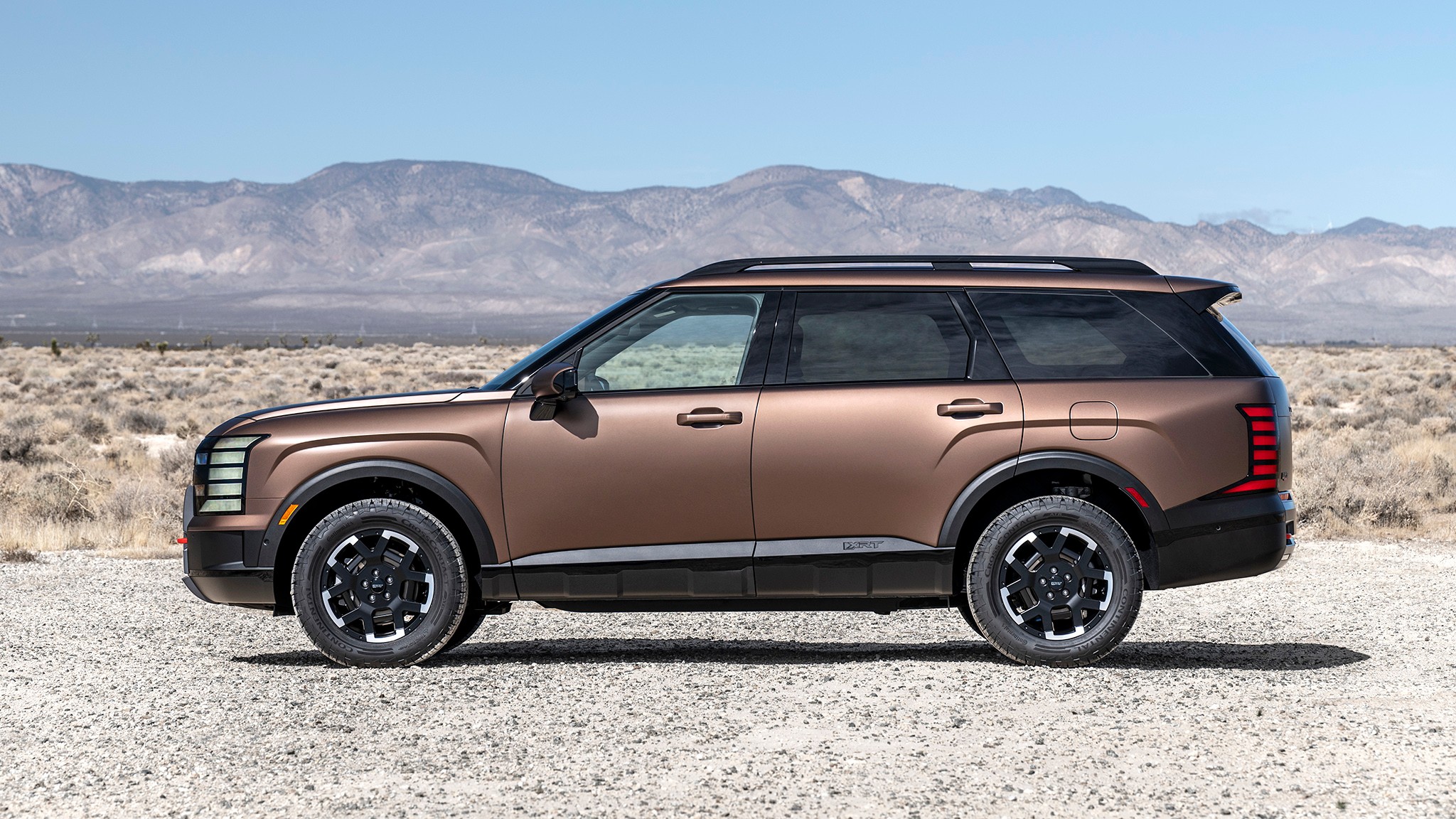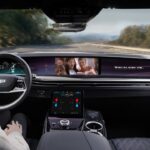Porsche Macan GTS Goes Electric: 571 HP and a Rear Differential That Means Business
Porsche just did something interesting with the Macan lineup. After rolling out four electric variants over the past year, they’ve now added the GTS badge to their all-electric SUV—and this one’s got some serious hardware behind those three letters.
The new Macan GTS packs 420 kW (571 horsepower) when you mash the throttle with Launch Control engaged, drops you into the seat with 955 Nm of torque, and hits 100 km/h in 3.8 seconds. But here’s what actually matters if you care about driving: it’s got an electronically controlled rear differential lock, sports air suspension that sits 10 mm lower than the regular models, and a 48:52 rear-biased weight distribution that should make it properly rotate through corners.
What GTS Actually Means (And Why This One’s Different)
GTS traces back to 1963 with the 904 Carrera GTS—a lightweight racing car that won its class at numerous events. Since then, those three letters have meant “the one you buy if you actually drive hard.” Not the track-focused RS models, not the status-symbol Turbo variants, but the sweet spot where daily usability meets genuine performance capability.
This marks the first time Porsche has slapped GTS badges on an all-electric vehicle. That’s significant because it signals Porsche thinks electric drivetrains can deliver what GTS customers expect: immediate throttle response, proper chassis balance, and a feeling that the car’s working with you rather than managing you through electronic nannies.
The powertrain setup mirrors the Macan Turbo’s architecture. Out back sits the larger of two motors—230 mm in diameter, 210 mm of active length, fed by a 900-amp silicon carbide pulse inverter. Combined with the front motor, you get 380 kW (516 PS) in normal driving, jumping to 420 kW (571 PS) when Launch Control is active.
That transmission gear ratio—9.0:1—is specifically engineered to handle the massive torque without grenading itself. Electric motors produce peak torque from zero RPM, which puts enormous stress on drivetrain components. Porsche had to beef things up compared to their standard electric motors.
The Differential Makes the Difference
Here’s where things get technical in ways that actually matter for driving. The electronically controlled rear differential lock sits directly behind the rear motor. This placement isn’t arbitrary—it helps achieve that 48:52 weight distribution while allowing precise control over how power splits between the rear wheels.
In tight corners, the differential can lock up to prevent inside wheelspin, rotating the car more aggressively. On track, it can vary lock-up percentage based on steering angle, throttle position, and lateral G-forces. Combined with Porsche Torque Vectoring Plus (standard equipment), the system can brake individual wheels and vary power delivery to rotate the car exactly how you want it.
This stuff matters because electric SUVs typically feel heavy and disconnected despite impressive acceleration numbers. Weight kills agility. The Macan GTS counters this with that rear bias, the locked differential, and suspension tuning specifically calibrated for this model.
Suspension: Lower, Stiffer, More Precise
Sports air suspension comes standard, but Porsche’s engineers retuned everything for the GTS. The ride height drops 10 mm compared to regular Macan Electric models, lowering the center of gravity and reducing body roll. Dampers and anti-roll bars got model-specific calibration.
PASM (Porsche Active Suspension Management) continuously adjusts damping based on road conditions and driving mode. You can option rear-axle steering too, which turns the rear wheels up to a few degrees opposite the fronts at low speeds (tightening turning radius) or in the same direction at highway speeds (improving stability during lane changes).
Track mode—borrowed from the Taycan—increases battery cooling capacity to minimize power loss during sustained high-load driving. Electric motors and batteries generate enormous heat under track conditions. Without adequate cooling, the system reduces power to protect components (called “derating”). Track mode delays this by pre-cooling the battery and maintaining higher cooling flow rates.
Range and Charging: Actually Usable Numbers
The 100 kWh battery delivers up to 586 km of WLTP range. Real-world driving will knock that down—especially if you’re using all that power—but it’s competitive with other performance EVs in this class.
Charging peaks at 270 kW at compatible DC fast chargers. Porsche claims 10-80% charge in 21 minutes under ideal conditions. That “ideal conditions” qualifier matters—you need the right charger, the right battery temperature, and the right state of charge. But even in less-than-perfect situations, you’re looking at roughly 30 minutes for a useful charge on a road trip.
The battery uses lithium-ion cells with a 400-volt architecture (not the 800-volt system in Taycan). This was a deliberate choice—400V charging infrastructure is more common, making the Macan more practical for everyday use even if ultimate charging speed isn’t quite Taycan-level.
Sound: Fake But Purposeful
Porsche Electric Sport Sound gives you two GTS-specific sound profiles that change character based on driving mode. Sport mode gets one sound, Sport Plus gets another. These aren’t trying to mimic combustion engines—they’re creating something new that provides audio feedback about what the powertrain is doing.
Love it or hate it, synthesized sound in EVs serves a purpose beyond nostalgia. It provides feedback about acceleration, deceleration, and power delivery that helps you drive smoother and more precisely. Without it, electric cars feel oddly disconnected because you lose that audio feedback loop your brain uses to modulate throttle inputs.
You can turn it off if it annoys you. But spend time with it activated and you might find it actually helps you drive better.
Exterior: Black Everything (As GTS Tradition Demands)
GTS models have always featured blacked-out trim, and the electric Macan follows suit. Tinted Matrix LED headlights, black airblades, black wheel arch trim, black adaptive rear spoiler lip, black diffuser panel at the rear. The taillights are tinted to match the headlights.
Starting early 2026, all Macan models can be optioned with a Sport Design Package featuring revised front and rear bumpers. The GTS gets it standard—with additional GTS-specific styling that further emphasizes those black contrast elements.
New side skirts widen toward the rear, visually lowering the car and making it look more planted. Standard wheels are 21-inch Macan Design alloys in Anthracite Grey; 22-inch RS Spyder Design wheels are optional in the same finish.
Three new colors debut with the GTS: Crayon (returning from previous Porsche models), Carmine Red (a GTS staple), and Lugano Blue (new for Macan). Beyond the 15 configurator colors, Porsche Exclusive Manufaktur offers nearly 60 additional shades through Paint to Sample if you want something truly unique.
Interior: Race-Tex and Optional Color Coordination
Inside, Race-Tex (Porsche’s technical fabric material) covers the GT Sports steering wheel, dashboard sections, door panel armrests, and the center sections of the 18-way adjustable Sports Seats. Bolsters and headrests use smooth leather for durability in contact areas.
The optional GTS Interior Package—a first for Macan Electric—lets you color-coordinate exterior and interior. Choose Carmine Red, Slate Grey Neo, or Lugano Blue, and you get matching decorative stitching on seats, steering wheel, door panels, and dashboard. Seat belts match too, along with the GTS lettering on the seats and a color-matched badge on the steering wheel.
The Carbon Interior Package comes bundled with the GTS Interior Package, adding carbon-fiber trim to the steering wheel, dashboard, and door panels. It’s the kind of detailing that makes the interior feel special rather than just “electric SUV with sport seats.”
Digital displays show GTS-specific graphics. The 3D vehicle visualization reflects your actual exterior color, the instrument cluster displays GTS lettering, and the Sport Chrono app (standard equipment) gives you access to lap timing, telemetry recording, and sector analysis right from the center screen.
Updated Tech Across the Board
The GTS launch coincides with updates across the entire Macan Electric range. Porsche Digital Key supplements the physical key, letting you unlock and start the car with your phone. New parking assistance functions make tight spaces easier to navigate. The Voice Pilot now uses AI to better understand natural language commands.
In-car gaming options have expanded—though honestly, who’s gaming in a Porsche GTS? Maximum towing capacity increased to 2,500 kg, making the Macan properly capable for trailer duty if that’s your thing.
Who This Is Actually For
The Macan GTS occupies specific territory. It’s not as extreme as a hypothetical future Macan GT3 RS would be. It’s not as luxurious or status-focused as the Turbo. It’s the one you buy when you actually drive enthusiastically and want hardware that rewards that approach.
Compare it to the Macan 4: you’re paying significantly more for the GTS, but you’re getting a meaningfully better driving experience through that differential lock, the retuned suspension, the more powerful rear motor, and all the GTS-specific details. If you never push hard through corners or care about chassis dynamics, save your money and buy a Macan 4.
Compare it to the Macan Turbo: the GTS gives up some top-end power but gains that lowered suspension and more aggressive tuning. The Turbo emphasizes power; the GTS emphasizes handling. Different priorities, different buyers.
What Porsche Got Right (And What’s Still Complicated)
Porsche nailed the hardware. That rear differential, the suspension tuning, the weight distribution—these are the right choices for a performance electric SUV. The GTS feels like a proper evolution of the badge rather than just slapping three letters on an existing model and calling it a day.
The complexity comes from the same place it always does with electric vehicles: charging infrastructure remains inconsistent, range anxiety is real for longer trips, and the weight of the battery pack (even with all Porsche’s engineering) fundamentally limits how agile any electric SUV can feel compared to lighter combustion alternatives.
But within those constraints, the Macan GTS makes a strong case that electric performance can deliver genuine driving satisfaction beyond just straight-line acceleration. The question is whether buyers shopping in this segment care more about 0-100 km/h times (which the GTS handles easily) or the nuanced chassis dynamics that separate a quick SUV from a genuinely engaging one.
Porsche is betting there’s a market for the latter. Based on GTS sales history across their lineup, that’s probably a safe bet.
Must Go On & Read- 2025 Porsche Panamera Turbo S E-Hybrid: The Hybrid Supercar That Sneaks Up on You
